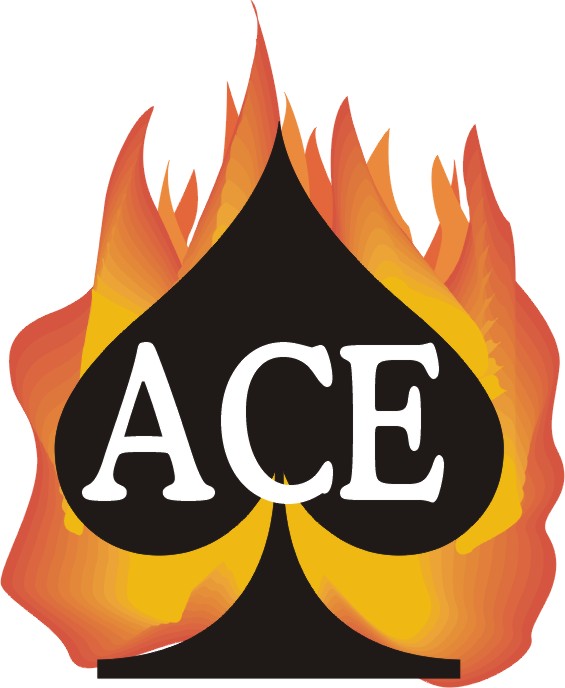| Building
Life Safety, Security & CCTV Systems |
| Extinguishment,
Deluge, & Sprinkler Systems |
| Fire
Safety and Emergency Planning |
FIRE SPRINKLERS AND SUPPRESSION SYSTEMSOver the many years that sprinklers have been installed in free-standing structures, they have been responsible for minimizing the damage caused by fire and have, more importantly, saved countless lives. The design, installation and maintenance of these vital systems represent a partnership between the various manufacturers, qualified and highly trained fitters, local municipal and Provinicial governments, and ULC (Underwriters Laboratories of Canada). Most insurance companies engaged in the business of providing coverage for buildings recognize that a properly installed and maintained fire sprinkler system represents a substantially reduced risk for them which, in many instances, results in considerable premium reductions to the building owner/operator. You're probably familiar with a device called the sprinkler head. This is a essentially a wall or ceiling mounted nozzle which employs a tiny deflector that is designed to aid in spreading the flow of water into specific patterns suited to the area it's protecting. It's the equivalent of throwing a whole water resevoir into one particular area. Initially, the heat of a fire that's activated a sprinkler head will flash a portion of the water to steam. Air rich in water vapour will not support combustion. In addition, it robs the fire of heat. A more detailed description of what is commonly termed the fire triangle can be found in our extinguisher section.
Let's look at the different types of sprinkler and some fixed extinguishment systems in common use out there. We'll start our tour with the: Sprinkler Room - Usually a central, heated, secure area where the water shut-off valves, air and water pressure gauges, the fire alarm sprinkler flow and tamper switches are located. Spare sprinkler heads are kept in a small metal cabinet mounted somewhere in the room along with a head wrench. These items are used to facilitate quick replacement in the event a sprinkler head starts leaking or is physically damaged (most often by furniture movers, unfortunately). Wet Sprinker System - is probably the most common type you see out there today. In this type of system the pipes serving the individual sprinkler heads are fully charged with water from the city mains. Application of heat (from a fire) will activate the head and the resulting flow of water should safely extinguish the fire (or slow it's spread to enable the responding fire fighters to "finish it off" when they arrive). Dry Sprinkler System - commonly used in building parkades and exposed outdoor areas where freezing temperatures may create problems for wet systems. The water lines are charged with air (usually between 35 and 55 Pounds per Square Inch) which provides sufficient force to hold down a large clapper valve located in the sprinkler room. When a head is activated (by a fire in it's immediate area), the air is evacuated releasing the pressure on the clapper valve. The valve opens allowing the water to rush in and discharge through the broken head. Kitchen Fixed Fire Suppression System - There are a number of system types out there, but the most common utilizes a water based mixture of potassium carbonate (you'll often hear the mixture refered to as Karbaloy) which is stored in nitrogen pressurized cylinders affixed to a wall or other supporting structure located in the immediate area. The discharge nozzles themselves are not used to sense a fire condition, rather a series of special heat sensitive fusible links attached to a long cable kept under tension by the cylinder's main valve is. Melting the link releases the cable which results in the chemical agent's release through all of the discharge nozzles in the system at once (in all cases another tension held valve is released as well to cut off the flow of gas to the cooking surfaces and fryers or to trip an electrical contactor that de-energizes electrically operated kitchen appliances). Deluge Systems - Designed for high hazard areas where it's imperative to deliver the maximum amount of extinguishing agent available over a wider area in the shortest time than can normally be protected by a single standard sprinkler head. Deluge systems use a wide variety of activation hardware, from electronic (system smoke and heat detectors) to mechanical (cable or pressure relief). Water, Halon, carbon dioxide, Karbaloy, foam, and the new FM-200 agents are used depending on the type of fire that can occur in the area and the equipment or materials being protected. In other words, this type of system is almost always engineered. Ace Fire Prevention Ltd. has expertise in a number of fixed supression, deluge, and sprinkler systems (including ship-board extinguishment systems). We employ highly trained and qualified specialists in on-site fabrication, installation, service, maintenance and inspection of these systems. Don't leave anything to chance! Make us your first call! For more information on our services, please contact us at (604) 275-0075 or email us. FAQWe have a combination
wet and dry sprinkler system in our building. How often should it
be checked and tested? The air compressor on
our sprinkler system comes on every few minutes or so. Is this normal? How often should the air
compressor be serviced? How often should our kitchen
fire suppression system be serviced? What's a trip test? What's the siamese connection
on the front of our building for? How often should we have to replace our building's sprinkler heads?
fire
extinguishers / emergency lighting
/ sprinklers / fire
alarm / cctv Copyright
© 2005 - 2009 by Ace Fire Prevention Ltd.
|


